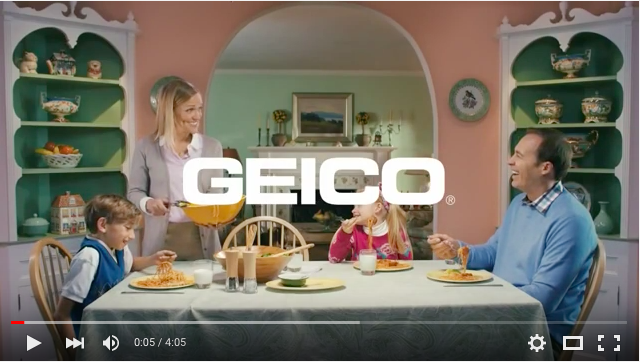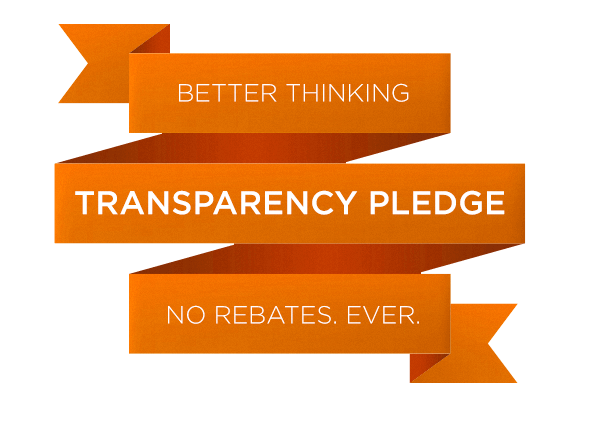Mediassociates Hires Alicia Weaver as Executive Director, Offline Activation

“I’m excited to head the offline media activation team at Mediassociates,” said Weaver. “The agency attracted me with its creative and integrated approach connecting motion-based media channels from television, digital video and new ‘connected TV’ devices with media performance measurement. I’m looking forward to bringing my experience to the extensive direct-to-consumer, B2B, healthcare and higher-education portfolios at the agency.”
“At Mediassociates, we work with sophisticated clients who expect that we plan, activate, and measure their media campaigns efficiently and transparently,” said Jeff Larson, President of Mediassociates. “Alicia’s holistic view of media activation fits well with our approach to driving performance from offline media investments while strategically incorporating addressable television, OTT, streaming, and other emerging media tactics. In a world where marketers must learn to deploy evolving video and streaming audio platforms to reach consumers, integrating new advertising tactics with old is vital for success.”
Mediassociates is a media planning, buying, and analytics agency focused on helping mid-market and high growth brands plan, activate, and improve media performance. Our “measurement first” approach focuses on driving meaningful and measurable business impact for our clients. Mediassociates was founded in 1996 and today manages media activations for clients in the United States and internationally. Agency services include online and offline media strategy, planning and buying, social media, programmatic media, SEM, campaign analytics, and attribution. We work with world class brands such as Ariat, National University, FIS Global, the Centers for Disease Control, and Eaton Corporation.


